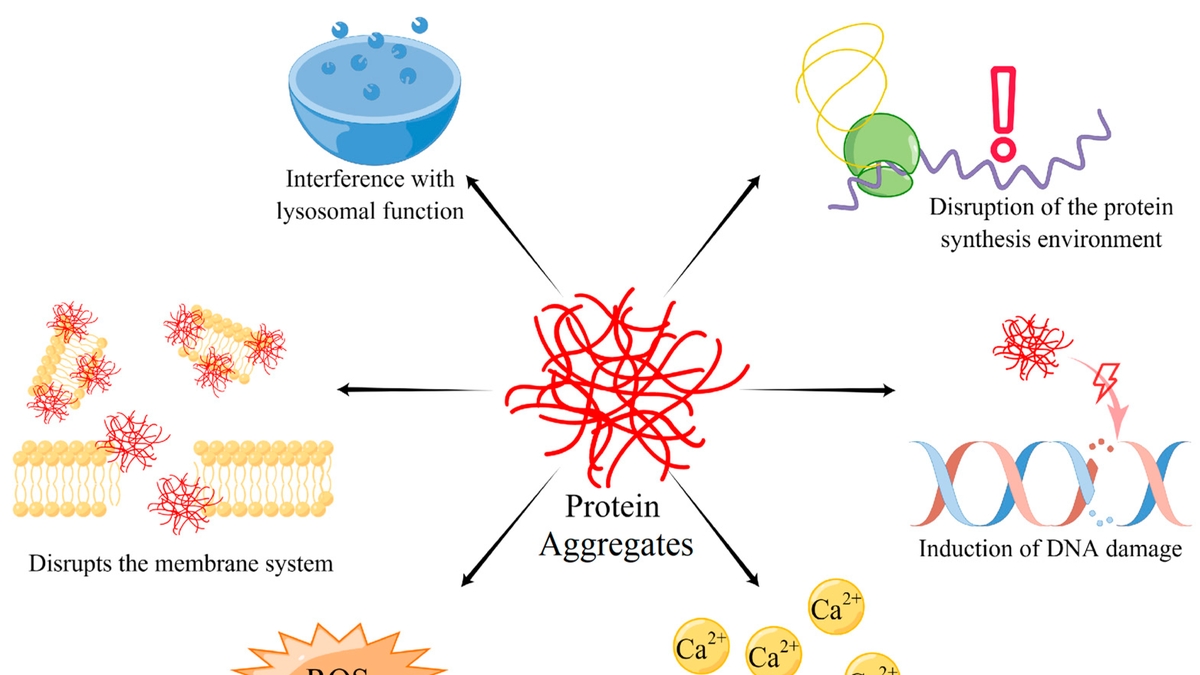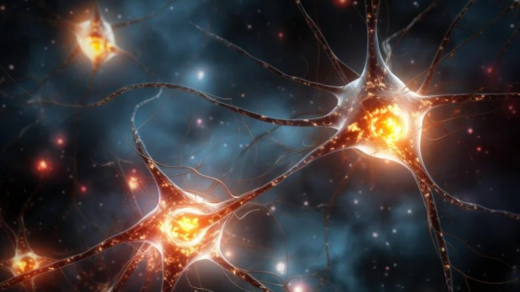Innovative Models and Approaches Unveiled to Study Protein Aggregation in Alzheimer’s and Parkinson’s

Alzheimer’s disease (AD) and Parkinson’s disease (PD) are the world’s two most common neurodegenerative diseases, characterized by the aggregation of amyloid-beta (Aβ) and alpha-synuclein (α-syn) proteins. The complexities of these diseases have long baffled scientists, with their exact causes remaining elusive. This article spotlights groundbreaking research that introduces new experimental models for studying protein aggregation in AD and PD, and presents an innovative approach for investigating these destructive aggregations.
Revolution in Research
The research introduces induced pluripotent stem cells (iPSCs) with a familial PD-linked GBA gene mutation, PD patient-derived midbrain spheroids, and a mouse model of mixed amyloidosis involving aggregated α-syn and Aβ. These new cell models and the mouse model may pave the way for patient-specific treatments and offer crucial insights into early, pre-symptomatic molecular changes in brain cells associated with AD and PD.
Unveiling the Invisible
Unraveling the intricacies of protein aggregation in AD and PD, the study employs a combination of Optical Photothermal Infrared (O-PTIR) spectroscopy and synchrotron-based X-ray fluorescence (S-XRF). This integration of different wavelength light enables multidimensional imaging of the same samples, providing an unprecedentedly comprehensive view of these destructive aggregates.
Biochemical methods were also used to measure Aβ and α-syn levels in the brain cells of AD and PD patients. Spectroscopy with visible, infrared (IR), and X-ray radiation was employed to characterize the structure and distribution of the aggregates.
A New Spectral Fingerprint
In addition to the above, the research also discusses the development of a novel in situ Raman spectral fingerprint to trace succinimide intermediates in amyloid fibrillation formation, a crucial aspect in the study of protein aggregation in AD and PD. This new spectral fingerprint could potentially revolutionize our understanding of these diseases and lead the way to innovative therapeutic interventions.


